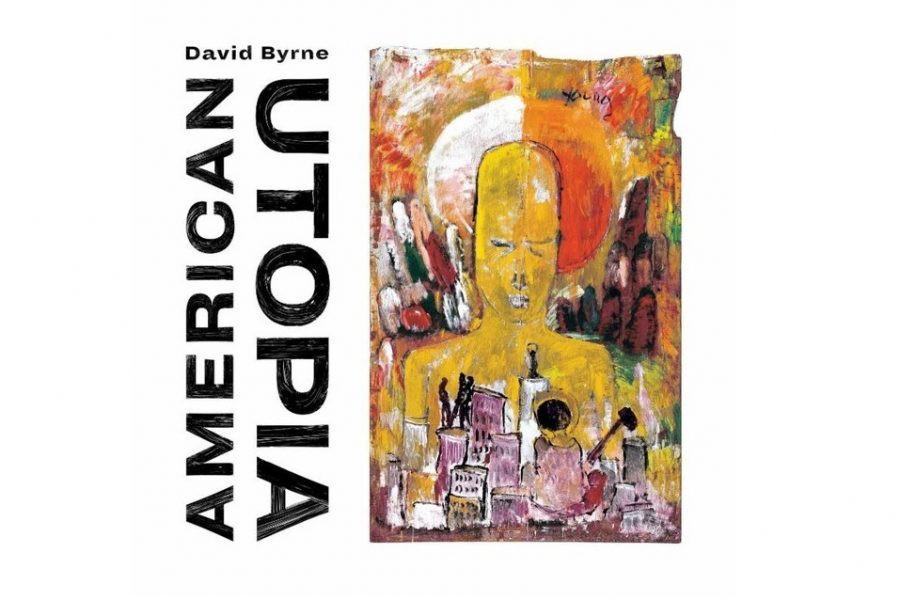David Byrne’s ‘American Utopia’ is charming, but tedious
David Byrne is most well-known for his work as the front man of Talking Heads.
When that band broke up in the late 1980s, Byrne went on to have an extensive solo career.
“American Utopia” is his 10th solo studio album. It was released on Friday, March 9.
Recently, Byrne has directed his focus toward optimism in his interviews and projects, with this new album’s release corresponding with his spoken-word show “Reasons to Be Cheerful.”
The buildup to “American Utopia” painted it as a similar enthusiastic project.
As a huge fan of Talking Heads and Byrne’s solo albums, I was hopeful for the album.
The album opens with “I Dance Like This.” It is an awful opener, and the verses and choruses sound like they are pulled from an unrelated song.
It also shows how Byrne’s lyrical style hasn’t changed much since his Talking Heads days.
The lyrics are a collection of unrelated phrases that have no real meaning together, but they flow together to form an idea.
The second track, “Gasoline and Dirty Sheets,” is a good song. The chorus is catchy and the subtle use of horns is great.
“Everyday Is a Miracle,” on the other hand, is my least favorite song on the album.
The verses seem to be about the differences between humans and animals, and the chorus makes the song sound like something that would be played in a commercial for a cruise ship.
“This Is That” was the second single from the album. It is slow, piano-driven, and boring. There are several tracks that could have made better singles.
A main problem on the album is the lack of triumphant choruses that Byrne was known for on songs like 2008’s “Strange Overtones” and the classic Talking Heads single “Once In a Lifetime.” Without these, the album feels middling.
“It’s Not Dark Up Here” is the only track where the chorus has any kind of nerve.
The song “Bullet” is the most traditional David Byrne song, instrumental-wise. The vocal samples near the end of the song are very much in the same vein as his 1981 album with Brian Eno, “My Life in the Bush of Ghosts.”
Unfortunately, the lyrics are repetitive and tiring.
“Everybody’s Coming to My House” was the lead single from the album.
The horns on the track are reminiscent of the 2012 album he made in collaboration with St. Vincent, “Love This Giant.”
The instrumental is the most interesting on the album, with a wide range of instruments put to use.
The closing track, “Here,” seems to be a vaguely political anthem about listening to the other side and focusing on our similarities as humans.
This is the closest the album gets to a message.
I would give “American Utopia” a six and a half out of 10 stars.
At the end of the day, Byrne’s message of positivity is a good one, but he does not back it up with enough good songs to get his point across.

Birthday: July 13, 2002
Hobbies/Interest: Music, film, books.
Favorite Quote: "Pictures must not be too picturesque." - Ralph Waldo Emerson
...











